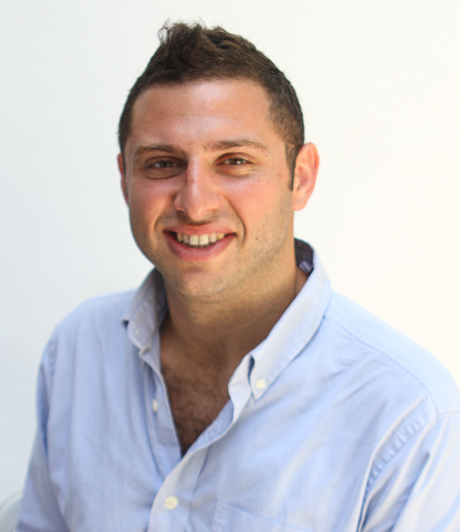4. Take Responsibility for the Face of the World
The symbols of today enable the reality of tomorrow. Notice the swastikas and the other signs of hate. Do not look away, and do not get used to them. Remove them yourself and set an example for others to do so.
-Timothy Snyder, On Tyranny
Actifests: Public Rituals That Promote a More Symbiotic World
If you will, close your eyes for a moment and imagine the face of the world. In all its fullness and your own, what do you see?
For Timothy Snyder, symbols — public displays of allegiance and outward declarations of values — deeply matter. So much so that he opens Lesson 4 of On Tyranny: 20 Lessons from the 20th Century arguing that “the symbols of today enable the reality of tomorrow” — that societal symbols of exclusion create conditions for exclusion, while symbols of inclusion prefigure a future in which everyone belongs.
To illustrate his point, he offers historical examples from the Soviet Union, Nazi Germany and Czechoslovakia, where regular people displaying public signs and symbols expedited or left uninterrupted the growth of tyrannical regimes. He doesn’t provide any counterexamples from history, when positive symbols helped to create better conditions, but his thesis/commandment remains: “Take responsibility for the face of the world.” Be accountable to the symbols we each endorse, display and defy. Through our choices and actions, are we staving off tyranny or facilitating it?
Jewish tradition, I would say, shares Snyder’s premise that symbols matter. It was, after all, with “symbols and wonders” that YHVH brought the ancient Israelites out of Tight & Narrow Place, otherwise known as Mitzrayim (Deuteronomy 26:8). From elsewhere in Torah (Numbers 1:52), we know that all twelve tribes were instructed to fly flags, which, according to midrash (Bamidbar Rabbah 2), was inspired by 220,000 angels who descended on Mount Sinai, all of them flying their own flags with God’s unique name on them.
Beyond these textual examples, Jewish ritual practice is itself a practice of symbols. Wine, fire, the bending of the knees. Spices, the tallit, the tefillin. In Jewish ritual embodiment, our objects, artifacts and actions regularly portend something beyond what they are. Not just wine, but sanctity. Not just words, but prayer. Not just spices, but Moshiakh (Messiah). Not just leather straps and parchment, but Oneness.
If, like Snyder contends, symbols make up the face of the world, then do Jewish rituals and symbols make up “the face of Judaism”? And if so, how is our face these days? What is our tender, honest assessment? Are the eyes gentle? Vibrant? Angry?
Do we like what we see? Do we see what we want to change?
And how are we defining “we,” anyways?
More pointedly, as it pertains to Snyder, in what ways are our Jewish symbols maintaining or expanding tyranny, and in what ways are they hastening and hatching wholeness?
These are questions I am deeply interested in, and they are at the core of the new strategic vision of The Shalom Center, where we are reimagining Jewish holidays — perhaps some of the most meaningful and universal symbol structures shared by contemporary North American Jews, even across difference — as portals for public prophetic action. Through actifests, or collective public celebrations and observances of Jewish holidays for good, we are building a national movement of sacred justice rooted in our calendar cycle.
Our sense is that at this point in history and ancient wisdom, it’s irresponsible for us as Jews to understand ourselves as anything other or less than part of an all-inclusive “We.” The “We” of YHVH and of String Theory. Woven into the fabric of Temple Earth and beyond. As Jews and as humans, prioritizing the thriving of All Creation because All Creation is and includes Us. The face of the world we believe in is weathered, but with kind, generous eyes and a genuine, loving smile. We feel excited and responsible to embody this in our symbolic ceremonial celebrations with all who wish to join. Our offering and reminder: The spiral of holy time is a framework for collaborative world-building.
In the words of Václav Havel, who Snyder quotes at the end of the chapter, tyranny sustains itself “by accepting the prescribed ritual, by accepting appearances as reality, by accepting the given rules of the game, thus making it possible for the game to go on, for it to exist in the first place.” Actifests and our work at The Shalom Center attempt to play a different game. To experiment with different rules and loosen old expectations from our particularist symbols in an effort to help usher in and reveal a funkier, more fulfilling and more symbiotic world, one Jewish holiday at a time.







